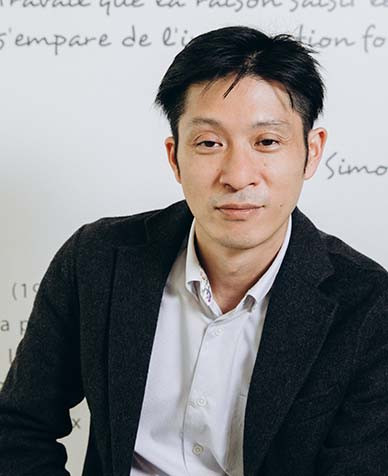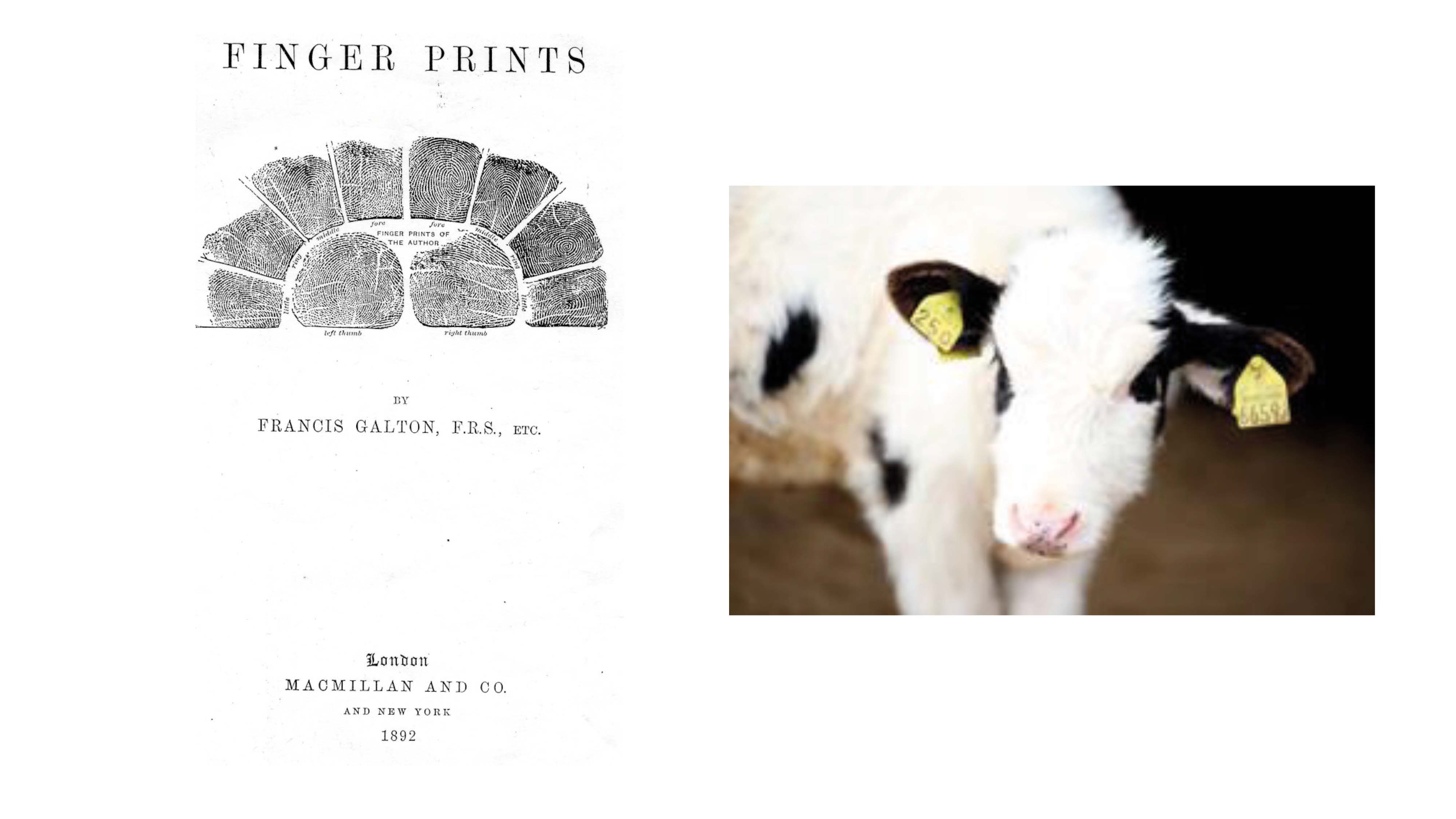Fellows

Kazumichi HASHIMOTO
Waseda University
Fellowship : October 2021 to June 2022
Discipline(s) : Epistemology
Pays : Japan
Research project From bees to cattle: social animals in the history of Western thought
Human societies are often compared to animal groups in many cultures, and in the West, bees, admired for their altruistic behaviour, have played a privileged role as a representation of such a society. In modern times, however, this type of animal representation is declining. A strict separation has been established between humans and animals, the latter placed on the side of "things" by individuals, equal to one another in their status of owners. The ideal of society ceases to be professed in animal vocabulary. At the end of the nineteenth century, however, discussions of social Darwinism or genetics rediscover animal groups as the origin of human society. By repositioning these discussions in the genealogy of social animals like bees, this study shows the decisive shift in the representation of society at the end of the nineteenth century: it is no longer "individuals" but "livestock" that make up human society.
Biography
Kazumichi Hashimoto was born in 1974 in Tokyo, Japan. After completing his DEA thesis at the François Viète Center for Epistemology and History of Science and Technology at the University of Nantes, he submitted his doctoral thesis on the history of the system of human identification by fingerprints, at the University of Tokyo in 2010. This thesis resulted in his first publication, also in 2010, entitled Shimon-ron (Treatise on fingerprints). He currently teaches at the Faculty of Letters, Arts and Sciences of Waseda University, Tokyo, first as a lecturer since 2012, then as a professor since 2017. He has translated numerous French works into Japanese, including Homo Juridicus by Alain Supiot (co-translated with Sayaka Dake) and Images in Spite of All by Georges Didi-Huberman.
Bibliographie
Kazumichi Hashimoto, “An Unfaithful Trace: A History of “Life-size” Photography,” Bilder als Denkformen : Bildwissenschaftliche Dialoge zwischen Japan und Deutschland, Berlin, De Gruyter, 2020 (forthcoming).
Alain Supiot, L’esprit de Philadelphie, (Tranlated by Kazumichi Hashimoto into Japanse), Tokyo, Keiso-shobo, 2019.
Kazumichi Hashimoto (ed.), Tasha to shiteno Canibalism (Canibalim as the Other), Tokyo, Suiseisha, 2019.
Alain Supiot, Homo Juridicus, (Translated by Kazumichi Hashimoto with Sayaka Dake into Japanese), Tokyo, Keiso-shobo, 2018.
Kazumichi Hashimoto, « Les empreintes digitales d’un fantôme », Hippocampe, 2018, pp. 85-86.
Kazumichi Hashimoto, « Un double fétichisme dans la photographie », Rilas Journal, 2018, pp. 485-499.
Jean-Noël Missa, Pascal Nouvel (éd.), Philosophie du dopage, (Translated by Kazumichi Hashimoto into Japanese), Tokyo, Shinyosha, 2017.
Kazumichi Hashimoto, « “Debunking”, ou le nouvel enjeu de la retouche photographique à l’ère numérique, Rilals Journal, 2017, pp. 416-422.
Kazumichi Hashimoto, Shimon Ron (Study for the Fingerprints), Tokyo, Seidosha, 2010.
Kazumichi Hashimoto, « Des empreintes de pas aux empreintes digitales: l’identification humaine et la médecine légale française au XIXe siècle », Study of the 19th Century Scholarship, No. 3, 2009, pp. 131-143.
Kazumichi Hashimoto, « Former des adultes : la formation des policiers en France à la fin du XIXe siècle », Philosophie et Education II (UTCP Booklet 10), pp. 11-19.
Georges Didi-Huberman, Images Malgré Tout (Tranlated by Kazumichi Hashimoto into Japanse), Tokyo, Heibonsha, 2006
FELLOW FOCUS
FELLOW FOCUS
Le séminaire de résidence de Kazumichi Hashimoto a eu lieu le lundi 24 janvier 2022 :
L’animal social/l’homme bestial : l’altruisme des abeilles et l’évolution moderne de l’image de la société.
Suggestions de la semaine :
Film : La vérité, de Hirokazu Kore-eda, 2019. Fabienne, icône du cinéma, est la mère de Lumir, scénariste à New York. La publication des Mémoires de cette grande actrice incite Lumir et sa famille à revenir dans la maison de son enfance. Mais les retrouvailles vont vite tourner à la confrontation : vérités cachées, rancunes inavouées, amours impossibles se révèlent sous le regard médusé des hommes. Fabienne est en plein tournage d’un film de science-fiction où elle incarne la fille âgée d’une mère éternellement jeune. Réalité et fiction se confondent obligeant mère et fille à se retrouver...
A stormy reunion between scriptwriter Lumir with her famous mother and actress, Fabienne, against the backdrop of Fabienne’s autobiographic book and her latest role in a Sci-Fi picture as a daughter of a mother who never grows old.
Lecture: Keiko SASAOKA, Remembrance: Sanriku, Fukushima, 2011-2014, Tokyo, Shashinkoenrin, 2021.
Bien qu’elles soient prises en zones sinistrées, les photos de Keiko Sasaoka ne montrent pas d’images choquantes ou scandaleuses. A travers des paysages presque toujours déserts, parfois avec des ouvriers engagés dans des travaux de décontamination, Sasaoka retrace un chemin qui nous ramènerait à la vie quotidienne. Ce processus quasi-optimiste a son envers : l’oubli progressif de la catastrophe. Originaire d’Hiroshima, Sasaoka a déjà photographié sa ville natale, transformée en « Park City », destination favorite du tourisme noir (dark tourism), pour faire revivre des souvenirs submergés (cf. Keiko Sasaoka, Park City, 2009). A Fukushima, dix ans après la catastrophe, de nombreux parcs commémoratifs sont construits comme symboles de la reconstruction. Accompagnée d’oubli, cette reconstruction peut-elle empêcher la catastrophe de se répéter ? Les photographies de Sasaoka résistent à cette répétition silencieusement.
Image : Finger Prints, Frances Galton


